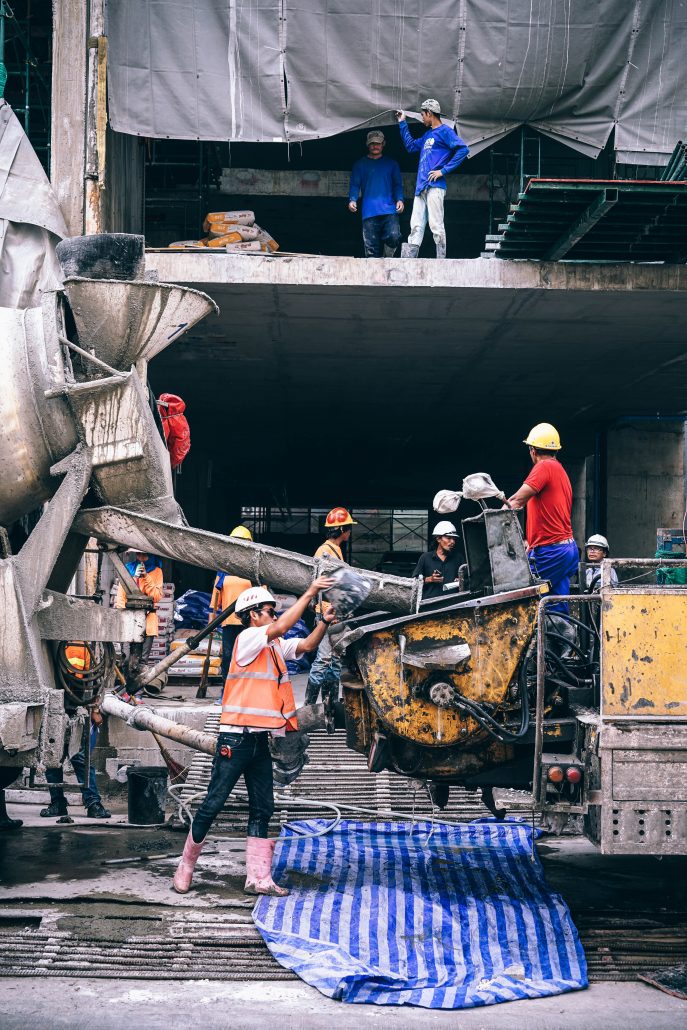Construction Litigation
One of the most commonly litigated issues in America is construction. Whether it’s because a construction company failed to do the work that was promised, did the work inadequately, or because of buyer’s remorse that causes a customer to be unhappy with a perfectly good job, construction disputes end up in court about as often as anything else in American law. Experienced construction lawyers will tell you that there are several issues to consider when trying to predict the outcome of a construction case.
Workman-Like Quality
Implied in nearly every construction contract in law, is a requirement that construction be done in a “workman-like manner.” If a contractor or subcontractor shows up to do their job and installs paper mâché plumbing, obviously this would not satisfy the requirements of a contract even if the contract didn’t explicitly say what the plumbing had to be made with. The standard quality requirements of the industry will prevail.
While this may be easy to determine when it comes to paper mâché, it is much harder to determine in instances where a contractor or subcontractor simply isn’t very good at their job. Perhaps they put in cheap materials instead of those ordered, or perhaps they took shortcuts and didn’t get the work done to the standards of the general contractor.
The question that the court will ask is, “What meets the minimum standards of competency in the profession? Did the contractor’s work rise to that level?”
Contract Provisions
In most instances, a dispute with a contractor will be over fulfillment of the terms of a contract. It makes sense, then, to carefully check the contract at the beginning of a job, routinely throughout the job, and of course before the filing of suit. The contract’s provisions will largely set down the rights and obligations of each party. But anyone who’s ever done a construction job knows that things can change quickly.
A homeowner decides they want a different type of flooring throughout the house. A municipal body changes the layout of a building completely. A contractor can’t get the subcontractors originally bargained for. All too often, these become oral conversations. The parties agree that they will do something differently than laid out in the contract, but they don’t memorialize it in writing. Preferably, the parties should execute a Change Order at each stage in the process when things change.
Even without change orders in place, written documents can make it much easier to track the changes that have been made and whether all parties agreed to the changes that were made. A great deal of litigation can be traced back to change orders that weren’t properly executed.
Damages
Finally, even after you’ve worked out all of the other questions in a case, the most important thing that parties heading into construction litigation have to consider are the damages at issue. If a subcontractor didn’t hold up their end of the work, and it caused delays, is the sub on the hook for the cost of the project’s delay? Can that subcontractor be held liable for the expense and costs that a general contractor incurred waiting for that job to be completed by someone else?
We’ve covered damages in other articles on this site from time to time, but it’s sufficient to say that every case is different and that determining the proper measure of damages at the outset of a suit will help you determine whether it’s beneficial to bring a suit at all, and if it is, when it’s appropriate to settle.
Conclusion: You need an experienced construction attorney
The attorneys at the Cornerstone Law Firm have experience in all sorts of litigation. We’ve handled messy cases, simple cases, and everything in between! Call the attorneys at the Cornerstone Law Firm today to discuss your construction litigation case and let us help you figure out how to proceed.

